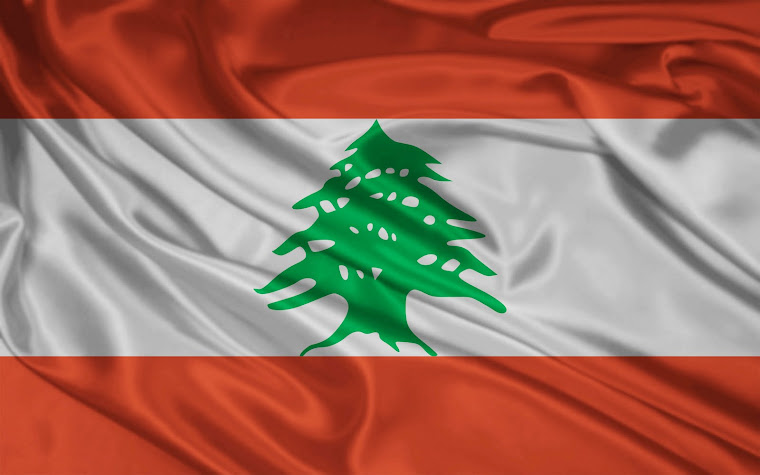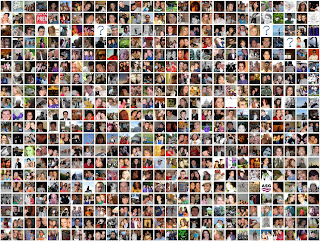Through ALES 204 I was able to explore the social media world in it's many different aspects.Creating and designing a blog was our first task to get started through the blogging world.An introductory post was published by students of the ALES204 class in order to reveal each one's identity.I noticed many students shared the same major that I did which is Nutrition and Foods.Namely,Stace K ( http://stace-k.blogspot.ca/2012/01/introductory-blog.html?showComment= 1333926454396#c1774162180727816780).Additionally I learnt that communications skillls are valued significantly by employers of any profession.This was also stated by Christy (http://christyales204blog.blogspot.ca/2012/01/introductory-post.html?showComment =1333953470081#c2795290561924008249)Twitter was one of the main social media tools that I learned how to use and communicate with others world wide.I was able to meet and have conversations over twitter with professionals in my field of study which is nutrition. Additionally,I was able to contact diticians in order to volunteer with them over the summer.Thus I determined that Twitter is a very useful tool to be used by students and prefessionals today.My fellow class mate Julie proposed in her Introductory post about the importance of Twitter in different professionals.(http://julielacko.blogspot.ca/2012/01/introduction.html? showComment= 1333929826610# c2211285333806011331)
Moreover,Facebook is another social media tool that could be used in a professional way in order to achieve a good reputation on the internet for emplyoers to view when searching for an individiual seeking a professional position with them.Also,Facebook could be used to promote a buisness for example as mentioned in a blog called Simply Zestly.(http://www.simplyzesty.com/facebook/running-a-promotion-on-facebook-follow-these-tips-to-make-it-rock/) Furthermore,Facebook is used internationally all over the globe.Thus there would be a more broad window of oppurtunities open for one to consider,as Shelley Du; a class mate in ALES 204 mentioned in her blog post on her Facebook page (http://shelley-du.blogspot.ca/2012/01/page.html?showComment=1333931490832#c4480548319236970255).
(http://www.simplyzesty.com/facebook/running-a-promotion-on-facebook-follow-these-tips-to- make-it-rock/)
The course ALES 204 also taught me how to edit a Wikipedia article or stub with the help of my TAs.This assignment specifically showed me the inaccuracey and unreliability of Wikipedia.Wikipedia is an untrusted source of information in which many people are able to edit.Thus using it as a reference is not a fine choice to adminster.It may be used for insignificant topics discussed among friends.Likewise,my class mate Loana Valdez suggested in her blog that it is very easy to modulate the information displayed in the Wikepedia articles.This was mentioned in ( http://valdezl.blogspot.ca/2012/03/wikipedia-online-free-encyclopedia.html?showComment =1333951167077#c7216519292040186987)
Lastly,the scientific article assignment exposed me to the different eras that a journal would pass through in order to keep up to date on the designs and information in the articles demostrated. Journals with peer reviwed articles are considered to the best source of information one can obtain in order to formulate a good scientific article.Finally,I would like to thank Dr.Leccetti for providing this ALES204 course to us,also all the TAs including Pamela Bently and Erin Dul for helping me throughout this term.
Lebanon

Sunday, April 8, 2012
Blog Post of My Choice
Last Wednesday I had the opportunity to attend a sequence of presentations about international perspectives on nutrition.I was acknowledged about these presentation through a post in the ALES204 class blogpage posted by Jess.(http://ales204-2012.blogspot.ca/2012/03/nutrition-without-borders.html#links).I was mostly amused by the talk presented by Valerie Friesen.
The purpose of her study was to prevent under nutrition and growth stunting of children between the ages of 18 to 24 months. Thus that is when the most important time of growth and development in an individual’s life would occur, and consequently, incomplete development may lead to morbidity and mortality in one’s future life. Growth was an indicator of nutrition status in children in this study. It was shown that many children were not growing because of a deficiency in iron which has a significant role in the cognitive development of a child. Various factors seemed to influence a child’s food intake. These various factors include the quality and diversity of foods available, likewise; different foods are needed for complete child development and the prevention of deficiencies. Additionally, eating frequency and energy density of foods seemed to impact the quantity of foods consumed. As mentioned by Valerie, when energy density increases, breast milk consumption decreases which would have adverse effects on a child’s health throughout life because breast milk is needed especially in the first 18-24 months for full child development. Moreover, maternal education appeared to improve the child’s growth when mothers had an education of 5 years or more. Furthermore, culture believes and wealth seemed to be responsible for infant food intake as well. In Ghana many cultural believed that animal based foods should not be fed to infants under the age of 2.
Wealthy families had less stunted children with a better nutritional status. Valerie’s study was designed to determine how microfinance which are small loans from banks, relate to children’s nutritional status. Microfinances have shown to improve children’s nutrition and reduced health mortality. Many microcredits are offered through banks with an education to all the mothers on basic health, nutrition and business skills. It was determined that microcredit and education to mothers combined together improved nutritional status. The question demonstrated for future studies is whether the education or the microcredit was the factor that improved nutritional status of children.

Valerie’s
research study was conducted in Ghana.More information about the event could be found at (http://www.nutritionwithoutborders.com/)
The purpose of her study was to prevent under nutrition and growth stunting of children between the ages of 18 to 24 months. Thus that is when the most important time of growth and development in an individual’s life would occur, and consequently, incomplete development may lead to morbidity and mortality in one’s future life. Growth was an indicator of nutrition status in children in this study. It was shown that many children were not growing because of a deficiency in iron which has a significant role in the cognitive development of a child. Various factors seemed to influence a child’s food intake. These various factors include the quality and diversity of foods available, likewise; different foods are needed for complete child development and the prevention of deficiencies. Additionally, eating frequency and energy density of foods seemed to impact the quantity of foods consumed. As mentioned by Valerie, when energy density increases, breast milk consumption decreases which would have adverse effects on a child’s health throughout life because breast milk is needed especially in the first 18-24 months for full child development. Moreover, maternal education appeared to improve the child’s growth when mothers had an education of 5 years or more. Furthermore, culture believes and wealth seemed to be responsible for infant food intake as well. In Ghana many cultural believed that animal based foods should not be fed to infants under the age of 2.
Wealthy families had less stunted children with a better nutritional status. Valerie’s study was designed to determine how microfinance which are small loans from banks, relate to children’s nutritional status. Microfinances have shown to improve children’s nutrition and reduced health mortality. Many microcredits are offered through banks with an education to all the mothers on basic health, nutrition and business skills. It was determined that microcredit and education to mothers combined together improved nutritional status. The question demonstrated for future studies is whether the education or the microcredit was the factor that improved nutritional status of children.

(http://travel.mongabay.com/ghana/images/ghana_0009.html)
The main objective of Valerie’s study was to determine the association between a woman’s participation in the microcredit and the nutritional status and dietary quality of children. It was exhibited that children with microcredits consumed more diverse foods including dairy, legumes and nuts which are more expensive and energy dense. Yet microcredit only slightly improved nutritional status through dietary diversity, but diversity of foods is known to increase overall health. However, children with educated mothers seemed to have better nutritional status. Overall, diversity of foods and maternal education are needed for improved nutritional status in children.
The main objective of Valerie’s study was to determine the association between a woman’s participation in the microcredit and the nutritional status and dietary quality of children. It was exhibited that children with microcredits consumed more diverse foods including dairy, legumes and nuts which are more expensive and energy dense. Yet microcredit only slightly improved nutritional status through dietary diversity, but diversity of foods is known to increase overall health. However, children with educated mothers seemed to have better nutritional status. Overall, diversity of foods and maternal education are needed for improved nutritional status in children.
Subscribe to:
Posts (Atom)
